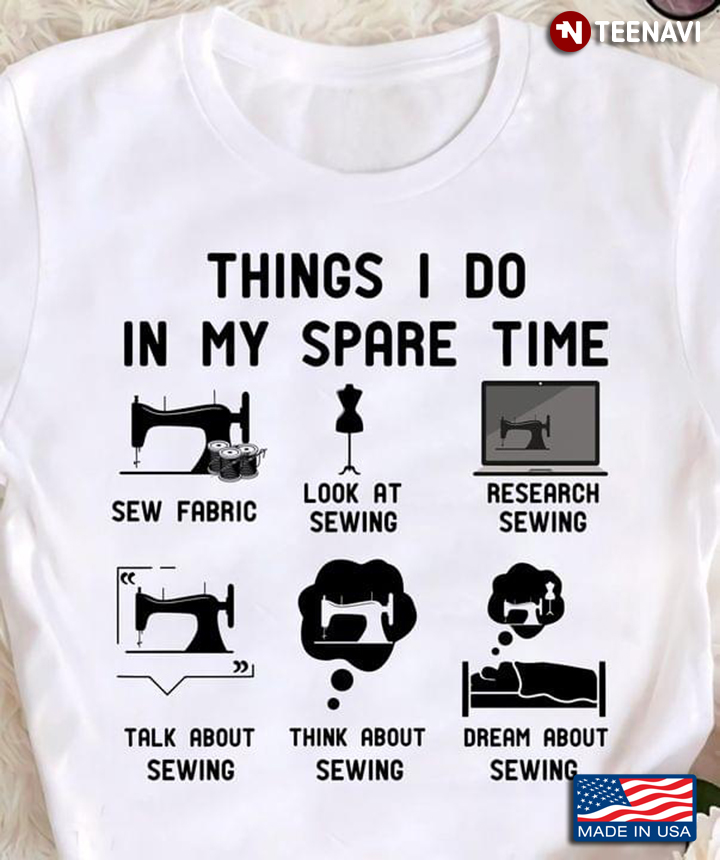Getting My All 4 Way Stretch Fabrics To Work
Getting My All 4 Way Stretch Fabrics To Work
Blog Article
The Basic Principles Of All 4 Way Stretch Fabrics
Table of ContentsThe Best Strategy To Use For All 4 Way Stretch FabricsThe Ultimate Guide To All 4 Way Stretch FabricsA Biased View of All 4 Way Stretch FabricsThe Ultimate Guide To All 4 Way Stretch FabricsThe 30-Second Trick For All 4 Way Stretch Fabrics
The textile weight is reliant on several variables like the weave, fiber type, and so on and is usually signified by GSM. GSM can vary from 60 -700; 700 being the GSM of very high-quality woolen fabric.One thing you have to maintain in mind is that greater material weight does not signify greater fabric high quality. It simply is an indication of the suitability of the fabric for a specific job. You can pass by high fabric weight textile denim for a light-weight floating stole. Understanding the fabric weight works when comparing the same sort of materials, but also this will rely on its application.
In a nutshell, the most important standards to look for in the fabric you purchase are as follows. The number of strings per inch of material (yarns-per-inch).
In top notch textile, this balance (either in numbers or in size) will certainly always be maintained. Processes utilized on textile to improve look and efficiency.
All 4 Way Stretch Fabrics Fundamentals Explained
A two-ply yarn is exceptional to a single-ply yarn.

If you are preparing yourself to start a brand-new sewing task, selecting a fabric will certainly be one of the most essential step once you decide what you desire to make. After you've gone to all the problem and cost of getting the sewing machine you enjoy, a pattern you like, and a textile you like, you want the finished item to be a success, right? One way to accomplish that is to begin by making sure your textile is really appropriate for the task.
As an example, if you're making a quilt, you'll instantly wish to make use of quilter's weight cotton for best results (https://www.bitchute.com/channel/Lx4AVpwZGKJq). What if you want to make a thing of apparel? Just how do you recognize which textile will offer you the most effective outcome? Picking a fabric simply because you love the print or layout on it isn't always the very best method.
You get the image. So to avoid doing a whole job for basically absolutely nothing, we have actually assembled some ideas to assist you make a decision which material is best for your project. Let's state you already have a project in mind; just how do you find the best textile for it? One way is to check out similar items in storesor ones you already have.
The Greatest Guide To All 4 Way Stretch Fabrics
Assume of the qualities you want the completed item to have. Do you desire a strong color or a print? If you are making a non-wearable item such as a pillow cover or potholder, utilize a strong textile such as canvas.
There is a lot information around concerning materials, their attributes, and their usages, it could get to be frustrating! Do not attempt to take it in all at once; just start with the project at hand. Discover all you can regarding the fabric you utilize for this one project.
Keep a record of ones you do make use of, with all the pertinent truths regarding them. Consist of little swatches for reference. There will come a time when you'll rejoice you mosted likely to the difficulty to do so. You will have your own little library of details to search when you start each brand-new job.
If you're starting with a pattern that you recognize you intend to make, a lot of the time the pattern will tell you which kind of textile will function best for that patternor at the very least offer you guidelines. Remember that the guidelines are there for a reason; take notice of them! You can make your own decision and do your own point, however you might wind up needing to renovate it if it doesn't go so well.
The Basic Principles Of All 4 Way Stretch Fabrics
If you're a stitching newbie, begin with cotton, such as you would discover in the quilting location of a fabric store. Cotton is by much one of the most flexible and most convenient textile to collaborate with, and almost anything can be made with cotton. Make certain to wash it initially, because it does diminish.
Pick a thing of garments to make, or a craft projectjust avoid points that need to be stretchy (knits) or upholstery-type jobs (heavy, sturdy textiles). Woven cotton, textiles that are easy to handle are flannel, non-flimsy woven silks, and wool or woollen blends. Avoid anything with a nap, such as velvet or fake fur, and avoid slippery or sheer textiles.
You will be happy of the completed project rather of irritated with time and products thrown away. We can assist you discover new techniques or inspire you to get started, guiding you via any kind of job you 'd like to complete.
Maintain a document of ones you do make use of, with all the significant truths regarding them. Include little swatches have a peek at this site for reference. There will certainly come a time when you'll rejoice you mosted likely to the trouble to do so. You will have your very own little library of details to search when you start each brand-new project.
Things about All 4 Way Stretch Fabrics

If you're a stitching beginner, begin with cotton, such as you would find in the quilting location of a material store (breeches fabric). Cotton is by far one of the most flexible and easiest material to work with, and virtually anything can be made with cotton. Be sure to clean it first, since it does reduce
Choose a product of clothes to make, or a craft projectjust avoid points that need to be elastic (knits) or upholstery-type projects (heavy, sturdy materials). Woven cotton, fabrics that are simple to take care of are flannel, non-flimsy woven silks, and wool or wool blends. Avoid anything with a nap, such as velour or phony fur, and avoid slippery or large fabrics.

Report this page